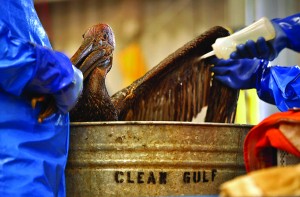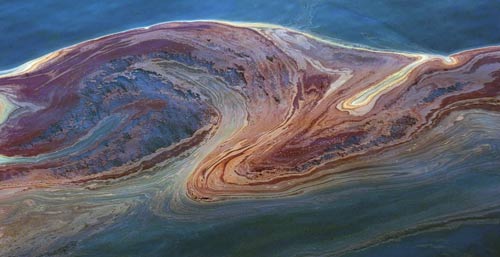After the BP Deepwater Horizon oil spill, the government released the Oil Budget Calculator in 2010, reporting that up to one third of the 200 million gallon spill could not be accounted for. Where did all these gallons of oil go? A recent study led by professor Jeffrey Chanton at Florida State University suggests that as much as half of this missing oil may have remained in the ecosystem as deposited sediment on the ocean floor. This sediment may now affect us for years to come.

In his study, Chanton searched for oil deposits, which form on the seafloor when free-floating oil and sediment clump together, become more dense than water, and sink. To determine the rate of this phenomenon, researchers on Chanton’s team collected sediment samples from the seafloor and measured for carbon-14, a radioactive isotope found only in living organisms. Since fossil fuels are mostly devoid of this isotope, any decrease in levels near the spill would indicate elevated oil deposition rates.
More deposited oil may seem like good news, since it means less oil in seawater. However, compared to oil in water, oil on the seafloor is less oxygenated and degrades at a considerably slower rate. This means that the seafloor could be acting as a long-term repository for nearly 11 million gallons of crude oil. From there, the oil could re-enter the ecosystem. Seaworms, for example, ingest sediment on the seafloor and reintroduce contaminated nutrients into the food chain. Effectively, this poisons wildlife, and eventually poisons us.
The BP oil may be out of sight, but it certainly should not be out of mind.
Cover Image: In the 2010 Oil Budget Calculator report, 200 million gallons of oil from the BP Deepwater Horizon spill were unaccounted for. Image courtesy of Kass Media Group.

